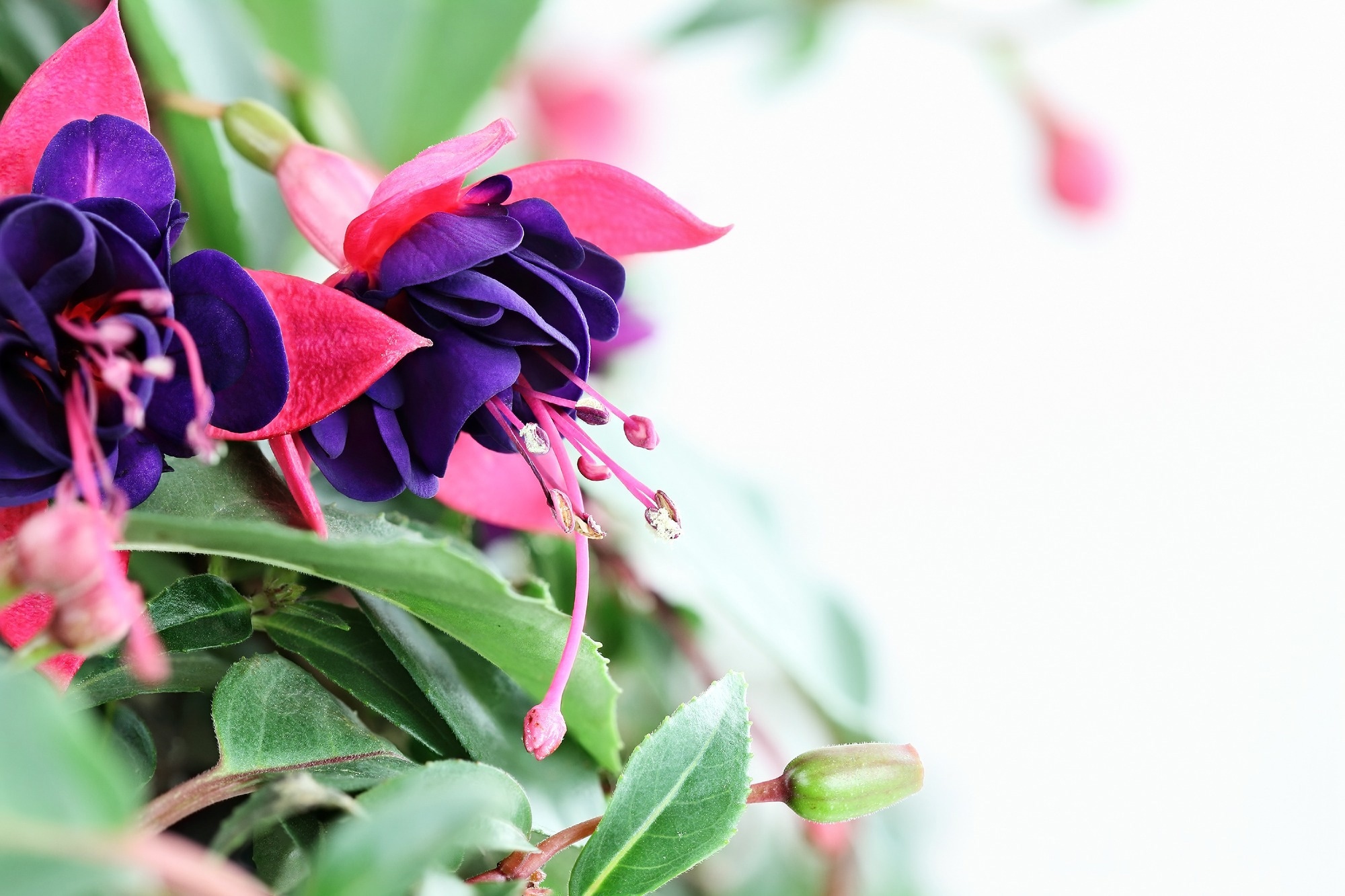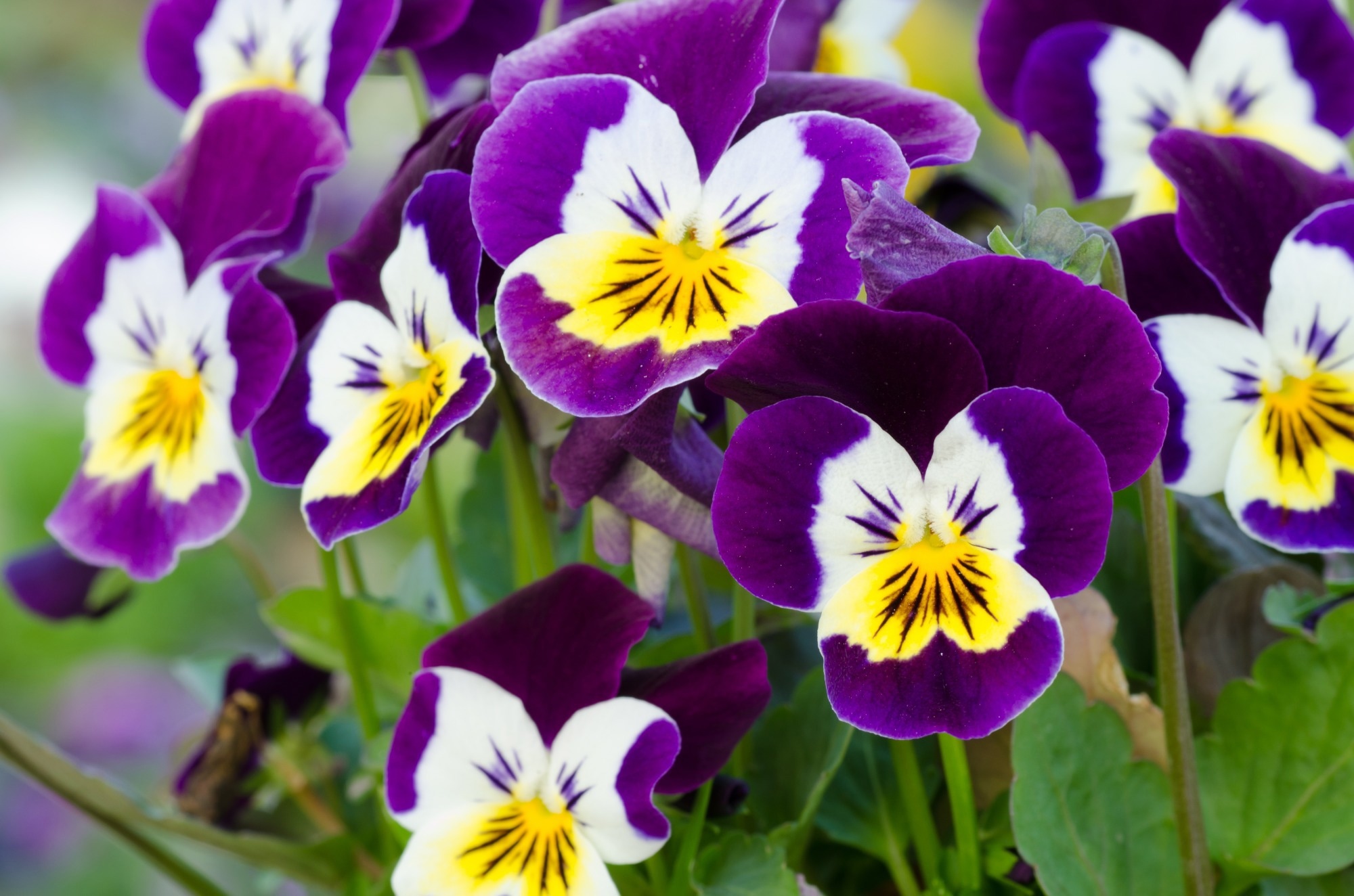In a recent study published in the journal Foods, researchers examined the bioactive compound compositions, aroma profiles, and antioxidant activity levels of four edible flower species. Their findings contribute to the scientific understanding of edible flowers' nutritional and health benefits.
 Study: Phytochemical, Nutritional and Mineral Content of Four Edible Flowers. Image Credit: Stephanie Frey / Shutterstock
Study: Phytochemical, Nutritional and Mineral Content of Four Edible Flowers. Image Credit: Stephanie Frey / Shutterstock
Background
The Mediterranean diet and other traditional and healthy dietary patterns include the consumption of edible flowers that are often rich in micro- and macronutrients and antioxidants while elevating the taste and texture of dishes.
While some species of edible flowers have been studied to characterize their nutritional properties, others are relatively unknown, including some commonly consumed varieties. Analyzing their mineral, nutritional, and phytochemical content can lead to the development of new functional foods and natural remedies to improve public health and nutrition.
About the study
In this study, researchers analyzed the flowers of Viola cornuta, Fuchsia regia, Dianthus chinensis, and Cucurbita moschata. While C. moschata was cultivated in an open field in Italy, the other species were grown in a nearby greenhouse.
 Viola cornuta. Image Credit: joloei / Shutterstock
Viola cornuta. Image Credit: joloei / Shutterstock
Organic practices were followed for all plants. Fully open flowers were harvested in the early morning once they matured. The flowers were placed in three identical groups or replicates; half of each replicate was vacuum freeze-dried while the other half was frozen in liquid nitrogen.
The frozen flowers were used to extract primary metabolites or soluble sugars, namely sucrose, D-fructose, and D-glucose, and secondary metabolites, including polyphenols, flavonoids, carotenoids, and anthocyanins. Radical scavenging activity was also measured from these samples. The freeze-dried flowers were used to determine organic nitrogen, phosphorus, other micro- and macro-elements, and crude proteins.
Additionally, the B vitamins (thiamine, riboflavin, niacin, and folate) and vitamin C or ascorbic acid were extracted and quantified. Fresh flowers were used to collect volatile organic compounds (VOCs) that were injected into a gas chromatograph to assess the aroma profile. Electron impact mass spectrometry was used to analyze the compounds after separation.
One-way analysis of variance (ANOVA), statistical testing, principal component analysis (PCA), and hierarchical cluster analysis (HCA) were used to analyze the biochemical results further.
Findings
D. chinensis had the highest soluble sugar content while V. cornuta had the least; the latter also showed lower levels of soluble sugars than other Viola species. Sucrose was not found in the C. moschata or F. regia samples and D-glucose was the most abundant sugar across all four species.
C. moschata and V. cornuta showed the highest crude protein content. Macroelements like calcium, potassium, and phosphorus were abundant, while the most common micronutrients were manganese, zinc, and iron.
Notably, the analyzed flowers showed higher levels of calcium than similar species that had been previously studied, suggesting that they could provide a significant portion of the daily recommended intake.
Analyses of antioxidant compounds, including polyphenols, flavonoids, anthocyanins, and carotenoids, showed that F. regia exhibited the highest total polyphenolic content, while V. cornuta had the highest carotenoid content.
F. regia had far higher levels of total phenolic compounds than other known Fuchsia species while V. cornuta was richer in carotenoids than other Viola species. The analysis of radical scavenging activity validated these results.
C. moschata showed the highest content of all B vitamins except riboflavin, potentially aiding in meeting daily intake requirements, particularly if consumed fresh. This is noteworthy as Cucurbita flowers are often cooked before consumption and usually contain lower levels of niacin, total folate, and thiamine. Riboflavin levels were low across all four species.
Vitamin C or ascorbic acid content was highest in V. cornuta. As this metabolite shows signs of progressive decrease after it is harvested, the flowers should be consumed shortly after harvesting or stored suitably so that necessary levels of vitamin C reach the consumers.
VOC analysis revealed distinct aroma profiles. Each species had unique VOC compositions, with D. chinensis and F. regia sharing similar profiles. Notably, C. moschata and V. cornuta exhibited different compositions, with specific compounds contributing to their aroma. Specifically, V. cornuta emitted high levels of monoterpene hydrocarbons and sesquiterpene hydrocarbons.
Multivariate statistical analyses, including PCA and HCA, distinguished the species based on biochemical and volatile compositions. V. cornuta stood out due to its unique VOC profile and higher manganese and zinc content. C. moschata was notable due to its low antioxidant activity and richness in phosphorus and niacin.
Meanwhile, F. regia and D. chinensis were clustered close together, characterized by the emission of cis-geranyl acetone and decanal, while showing higher levels of D-fructose, D-glucose, iron, and sodium.
Conclusions
Understanding the aroma profiles, antioxidant activity levels, and bioactive compound compositions of edible flowers is critical to exploiting this relatively underutilized biological resource for the development of novel functional foods and natural remedies, with potential applications to create fragrances as well.
Further research is needed to understand how these compounds can be stabilized and preserved. Meanwhile, many species of edible flowers remain to be characterized and evaluated.
Journal reference:
- Phytochemical, nutritional and mineral content of four edible flowers. Marchioni, I., Gabriele, M., Carmassi, G., Ruffoni, B., Pistelli, L., Pistelli, L., Najar, B. Foods (2024). 10.3390/foods13060939, https://www.mdpi.com/2304-8158/13/6/939